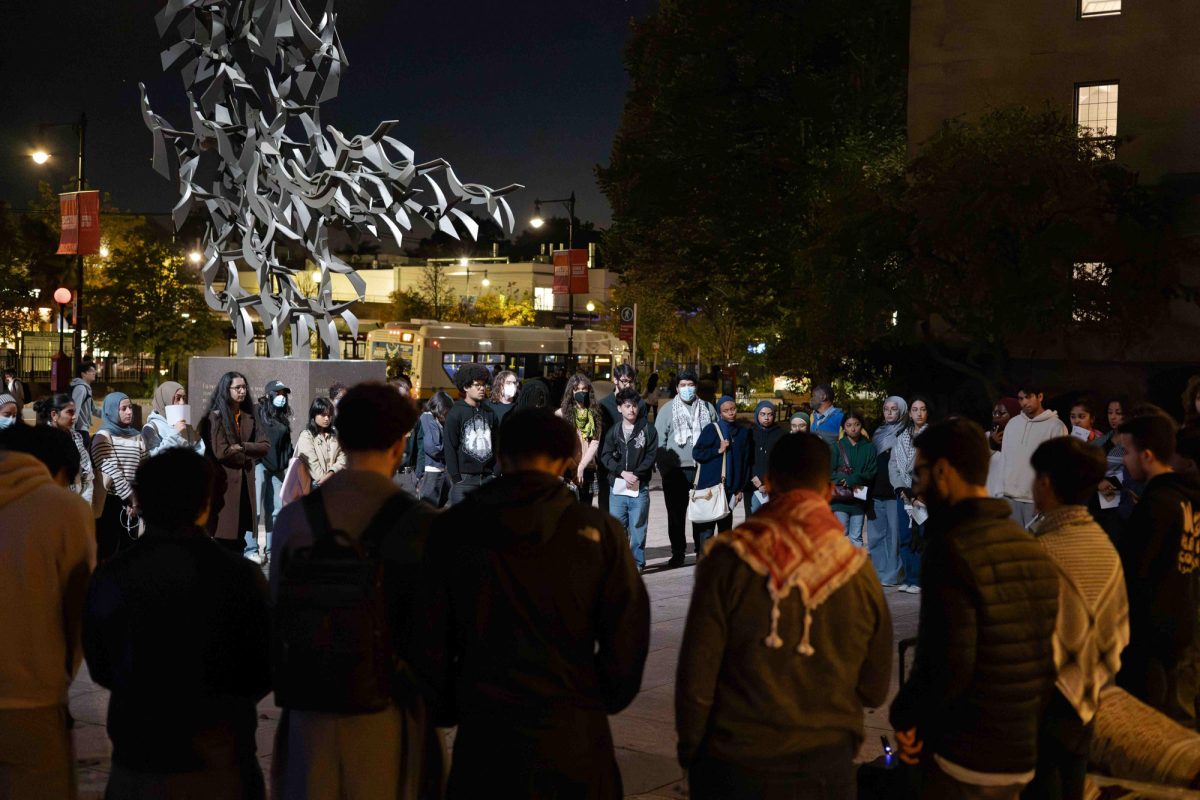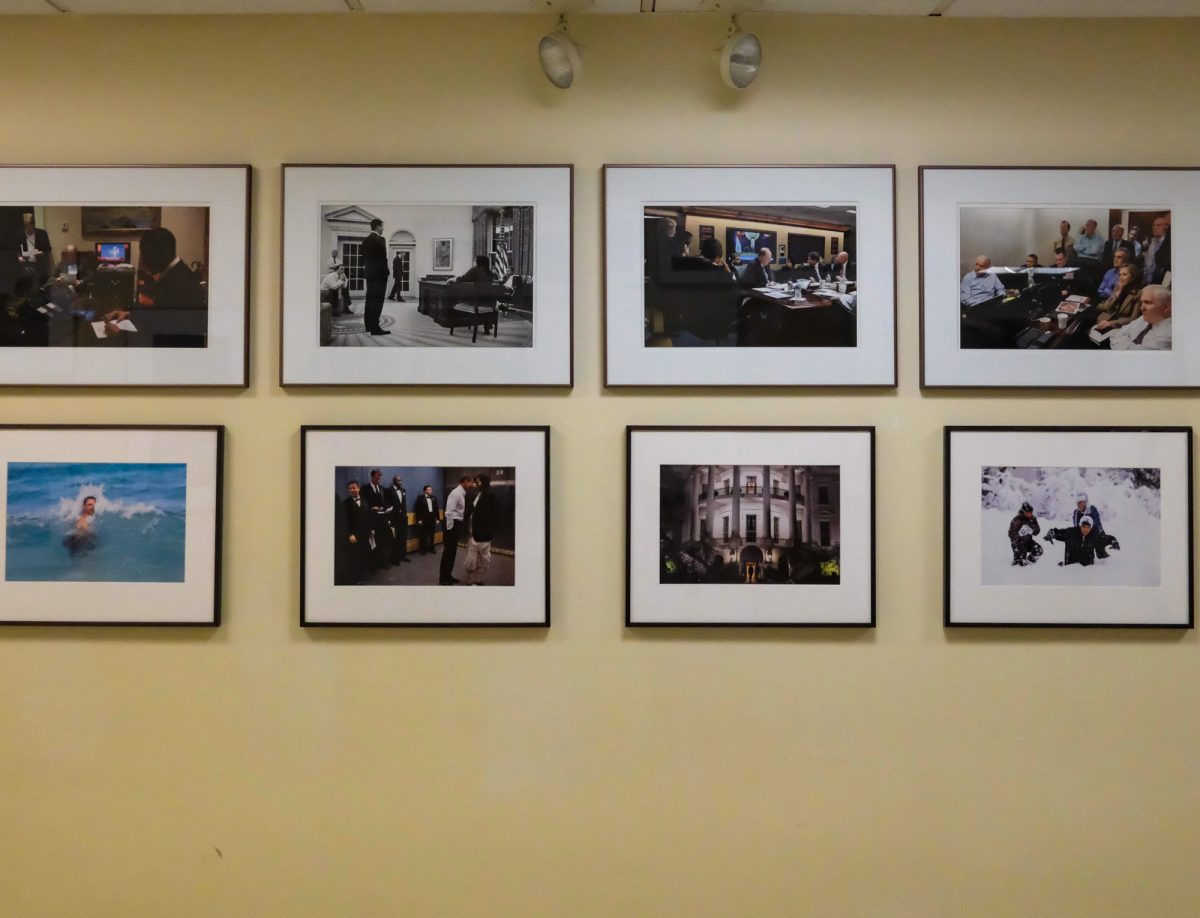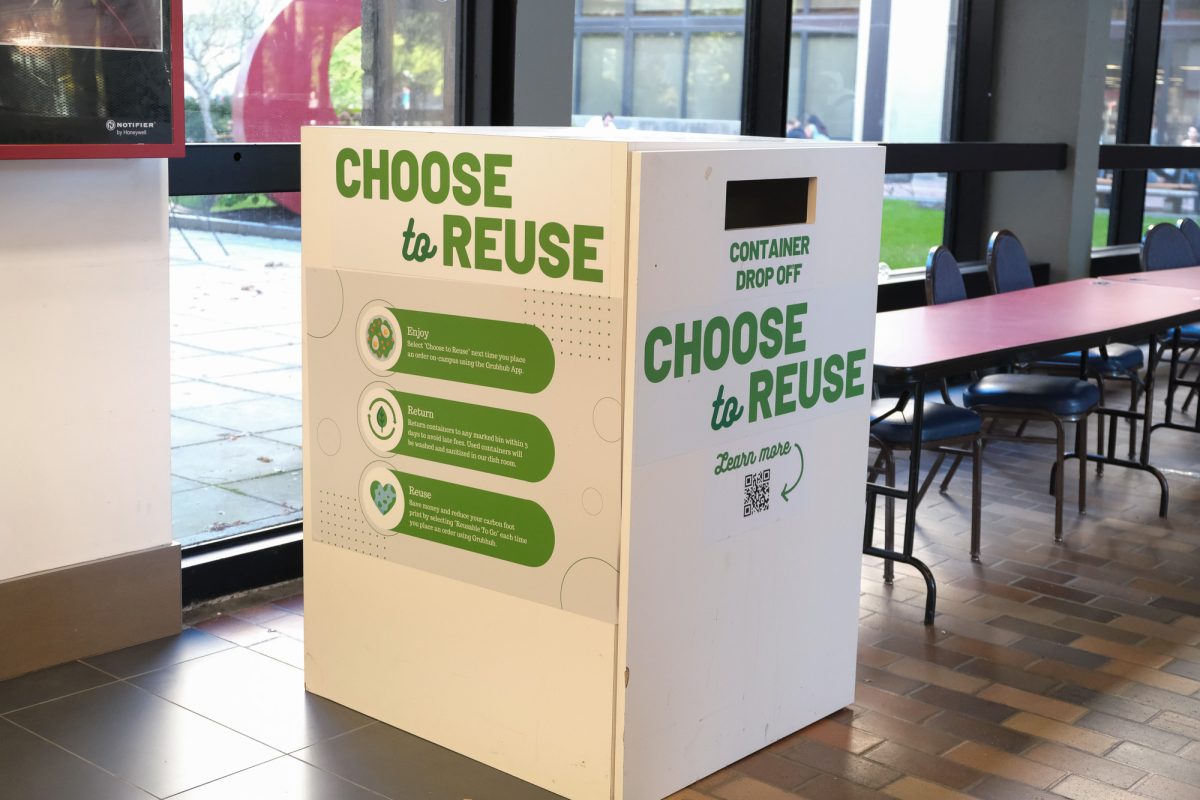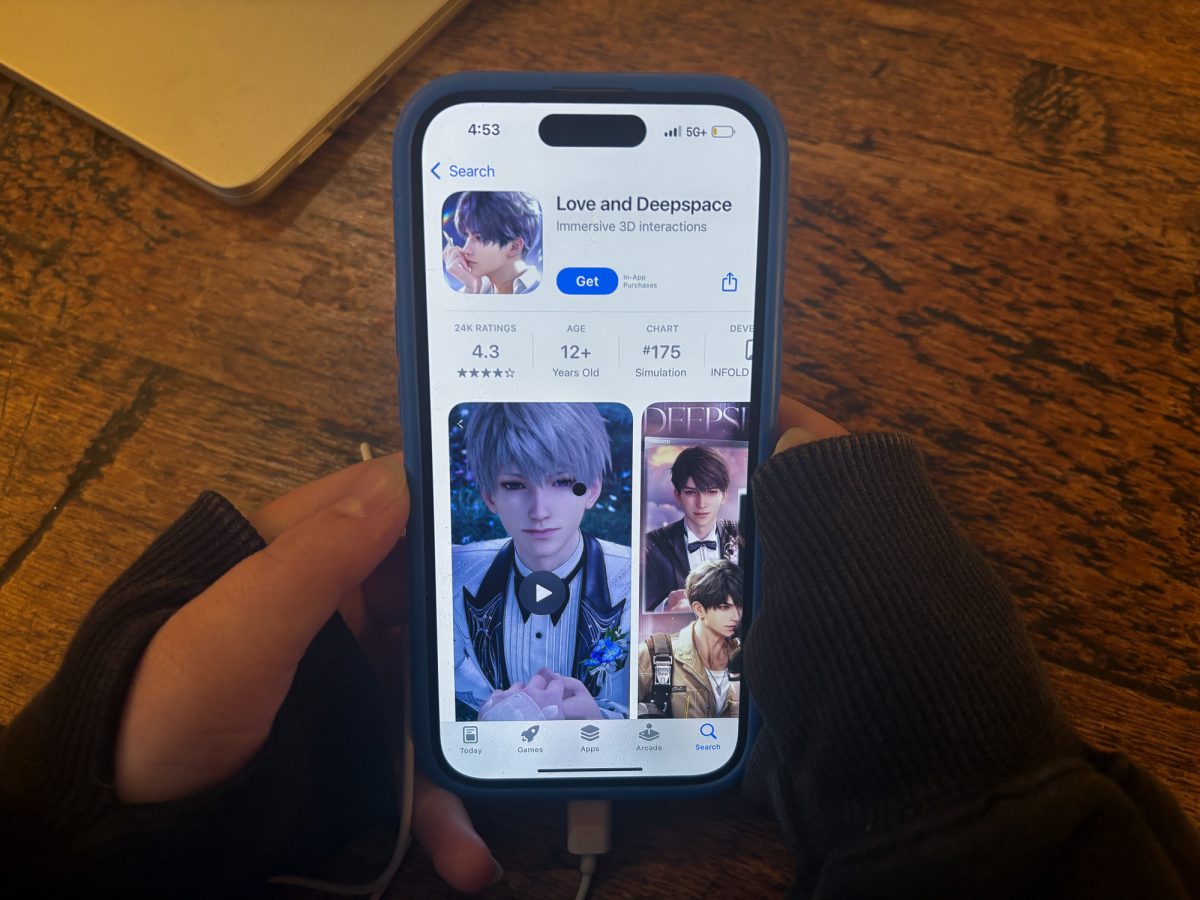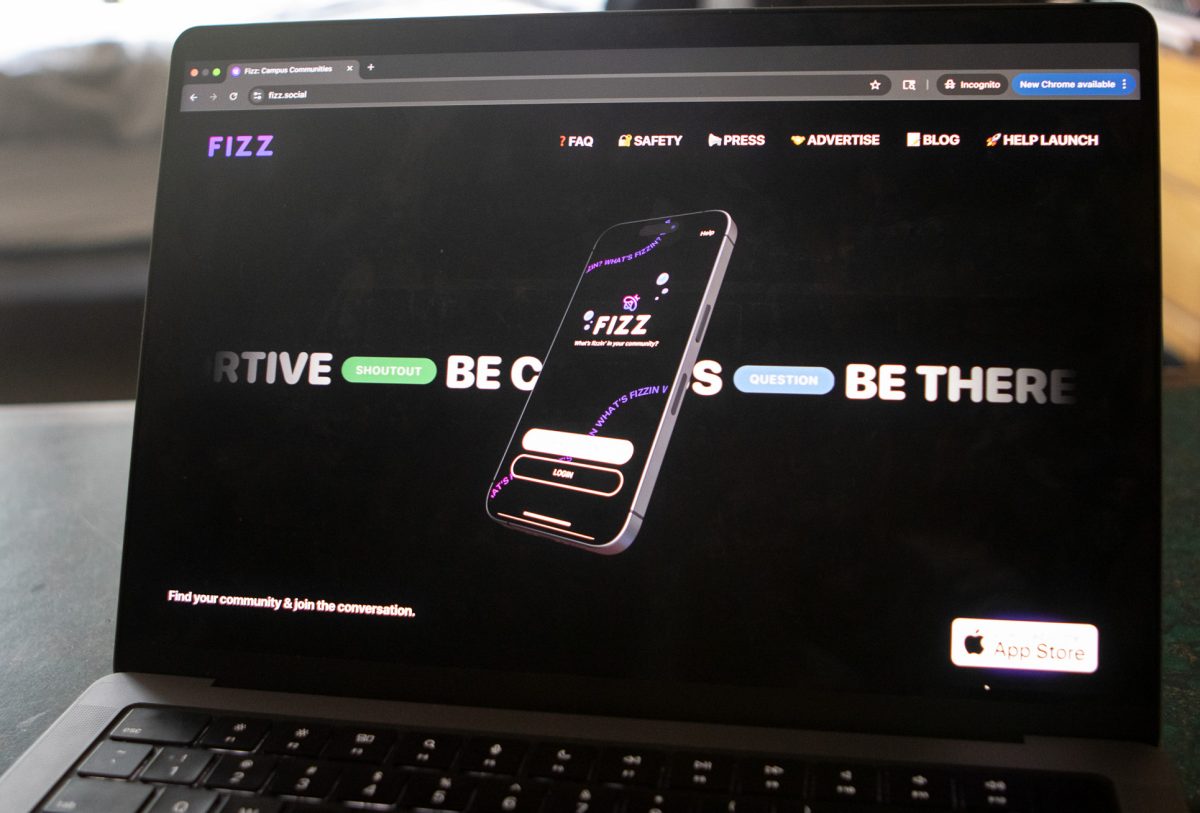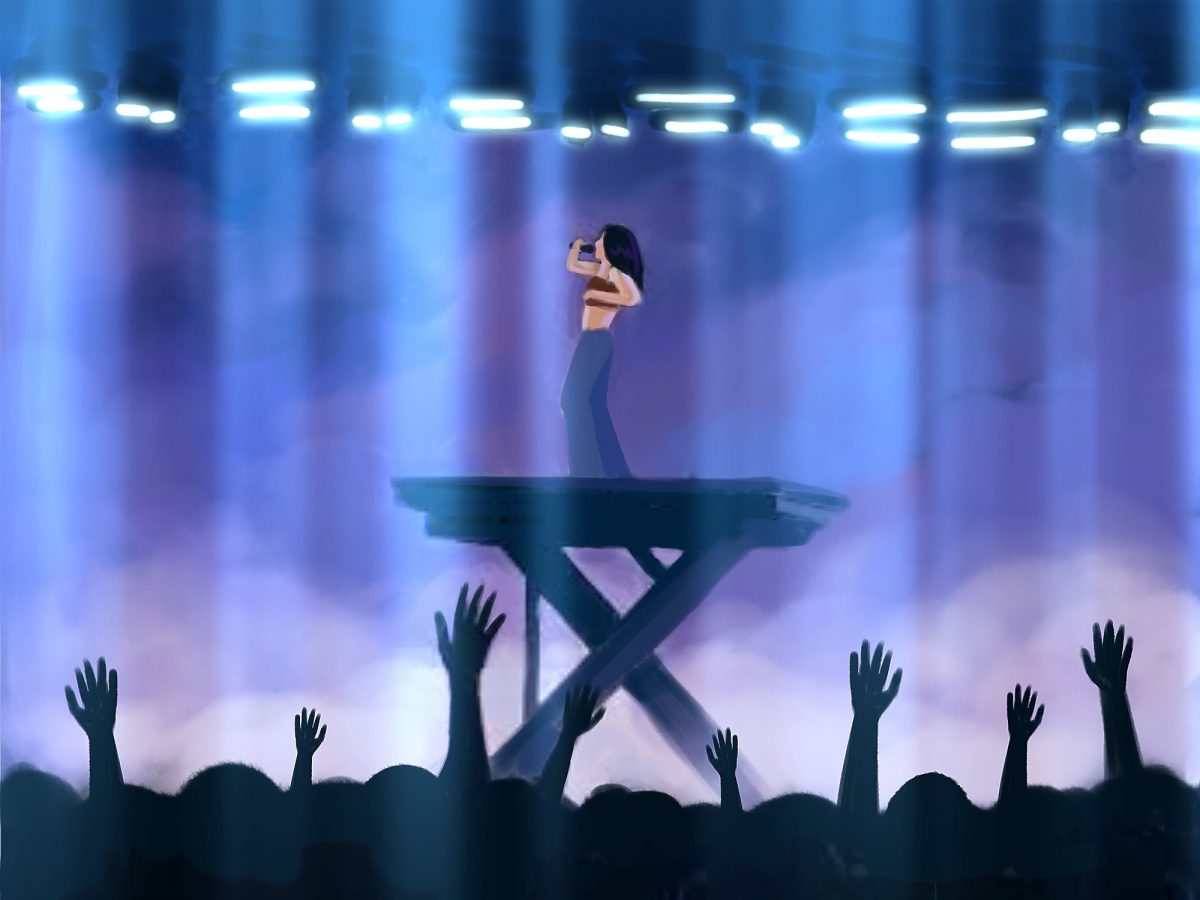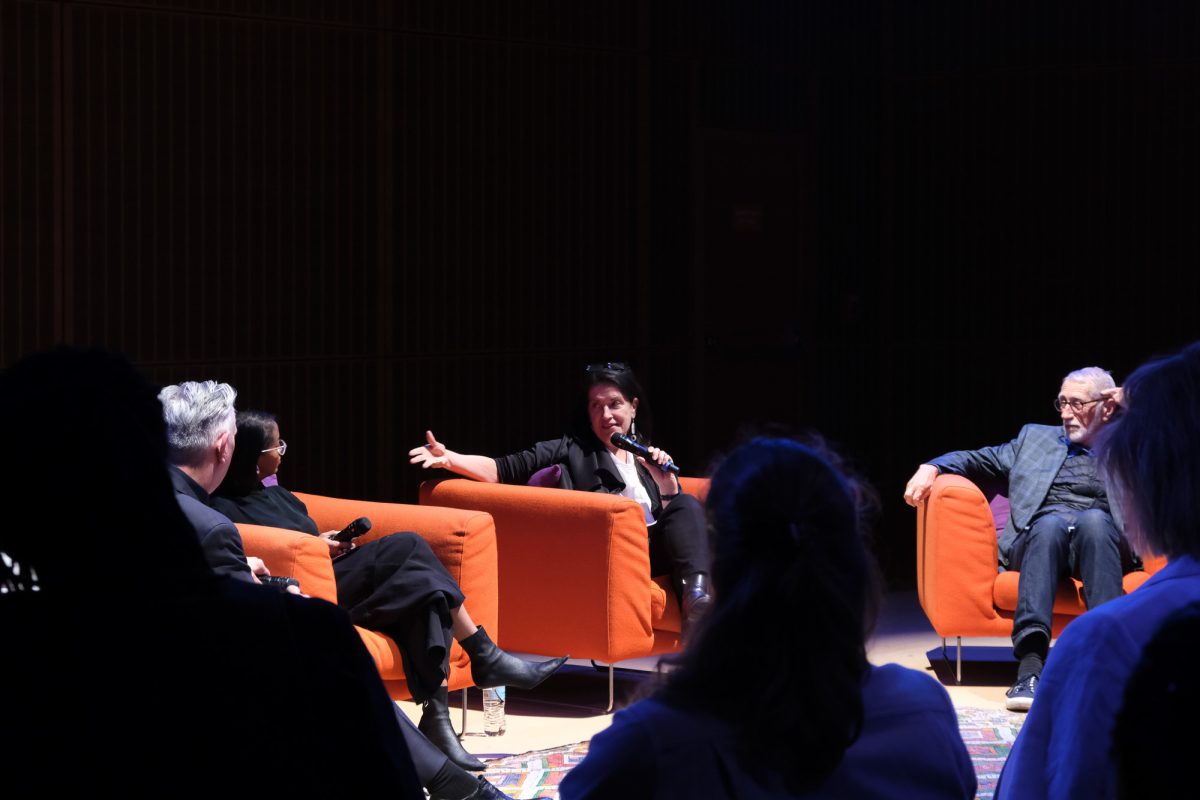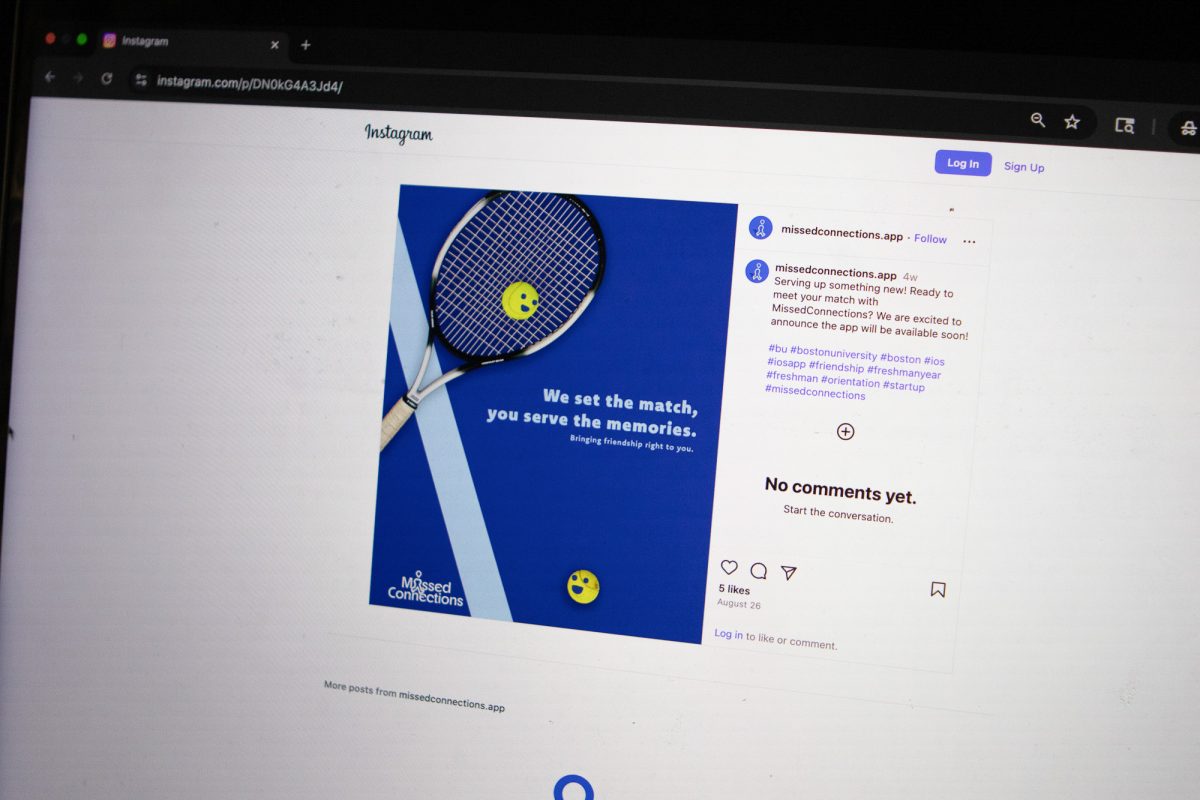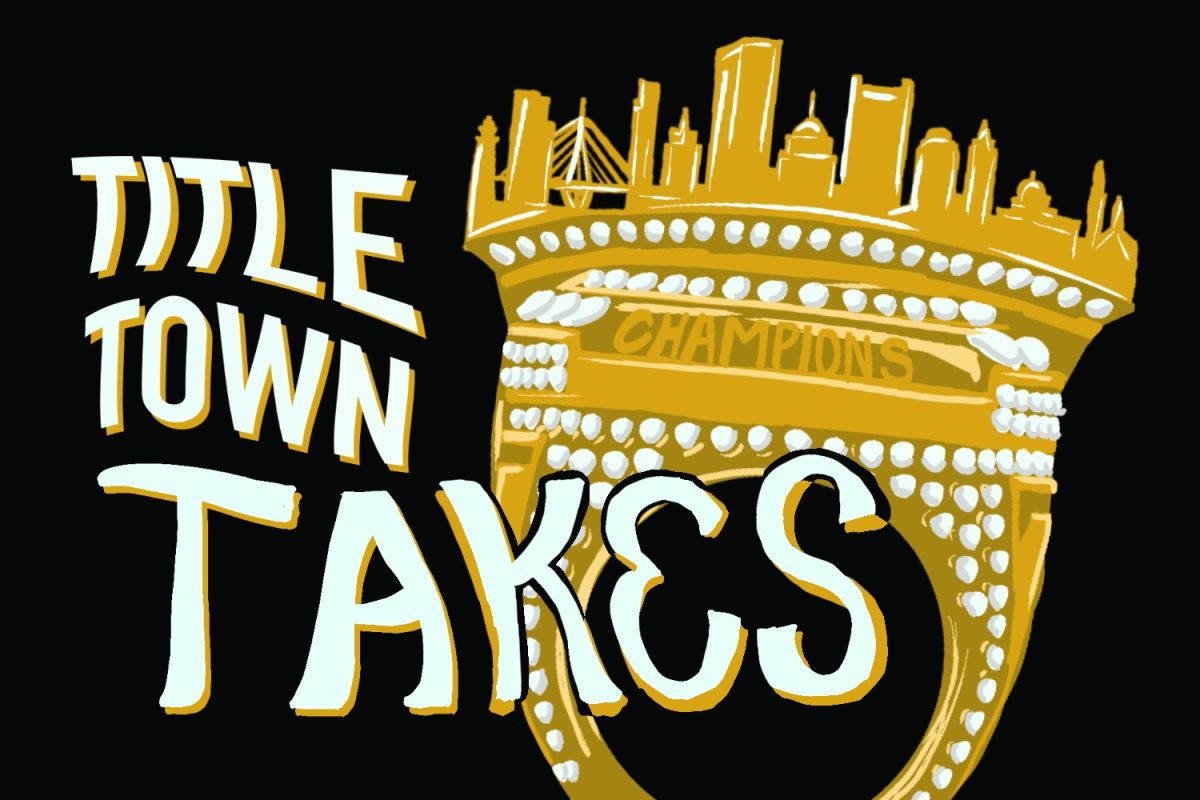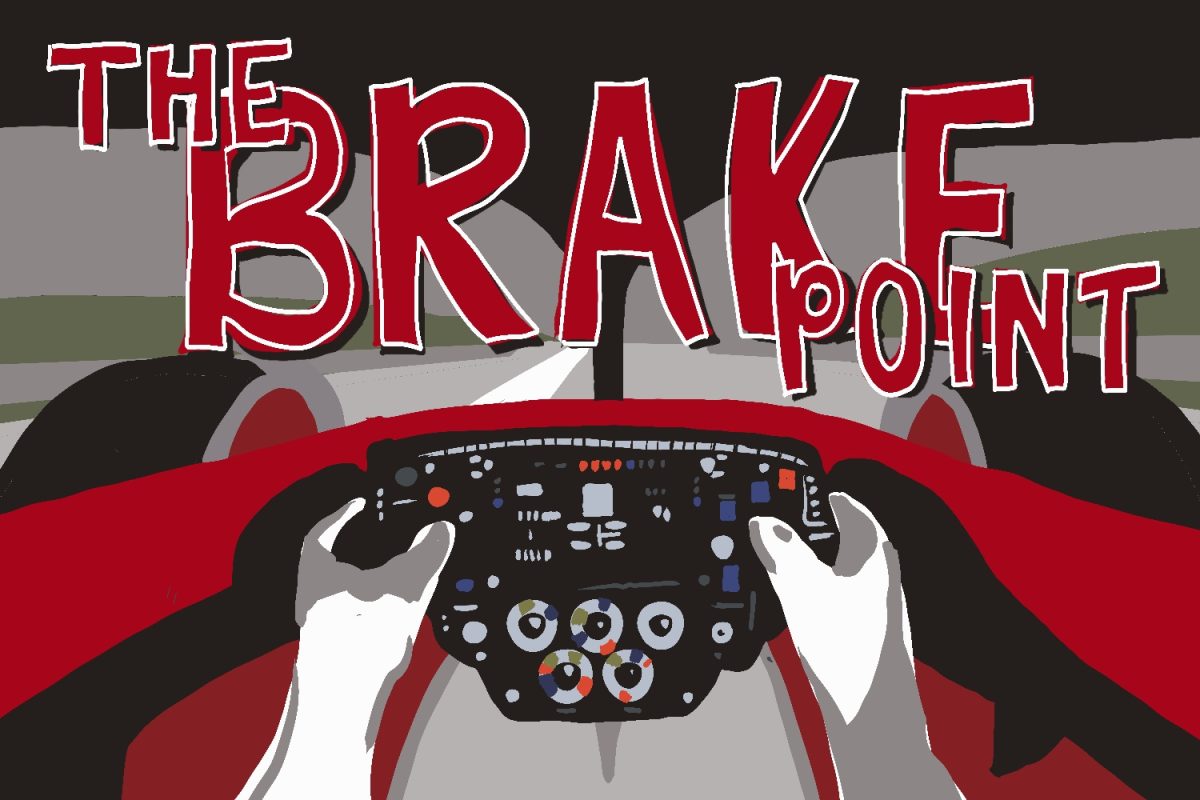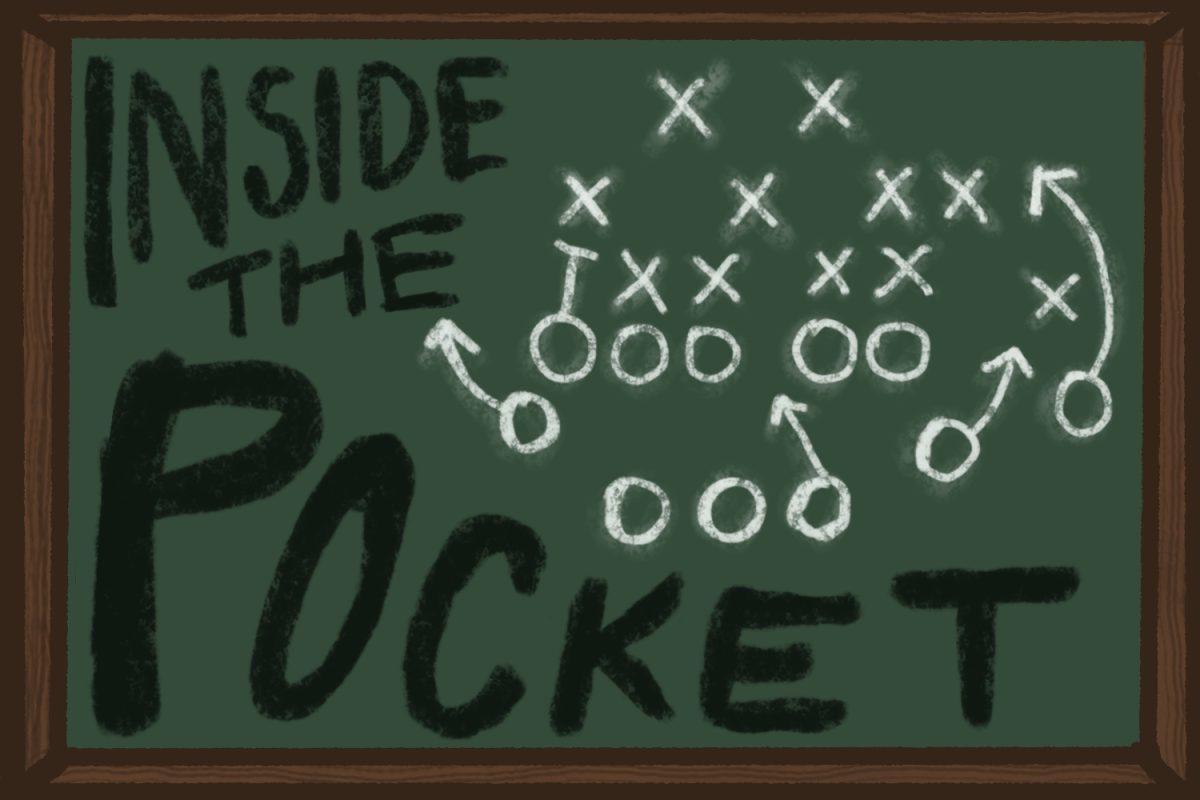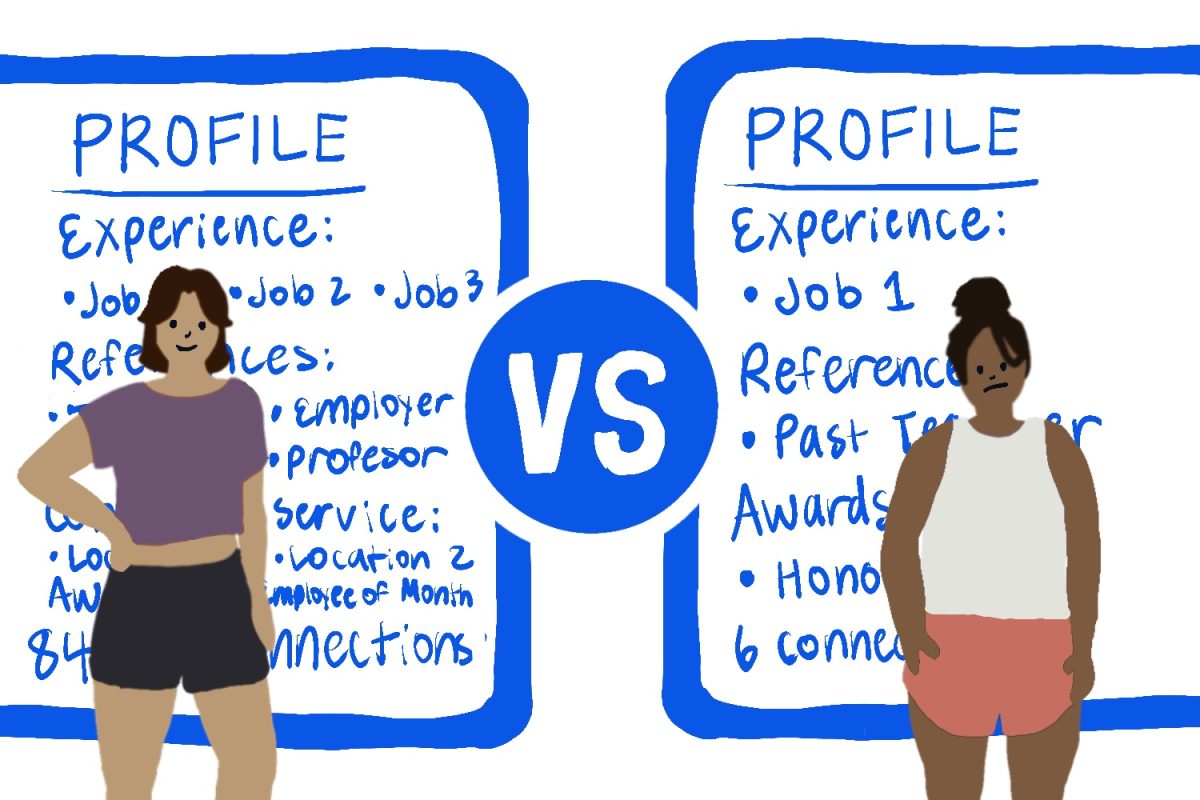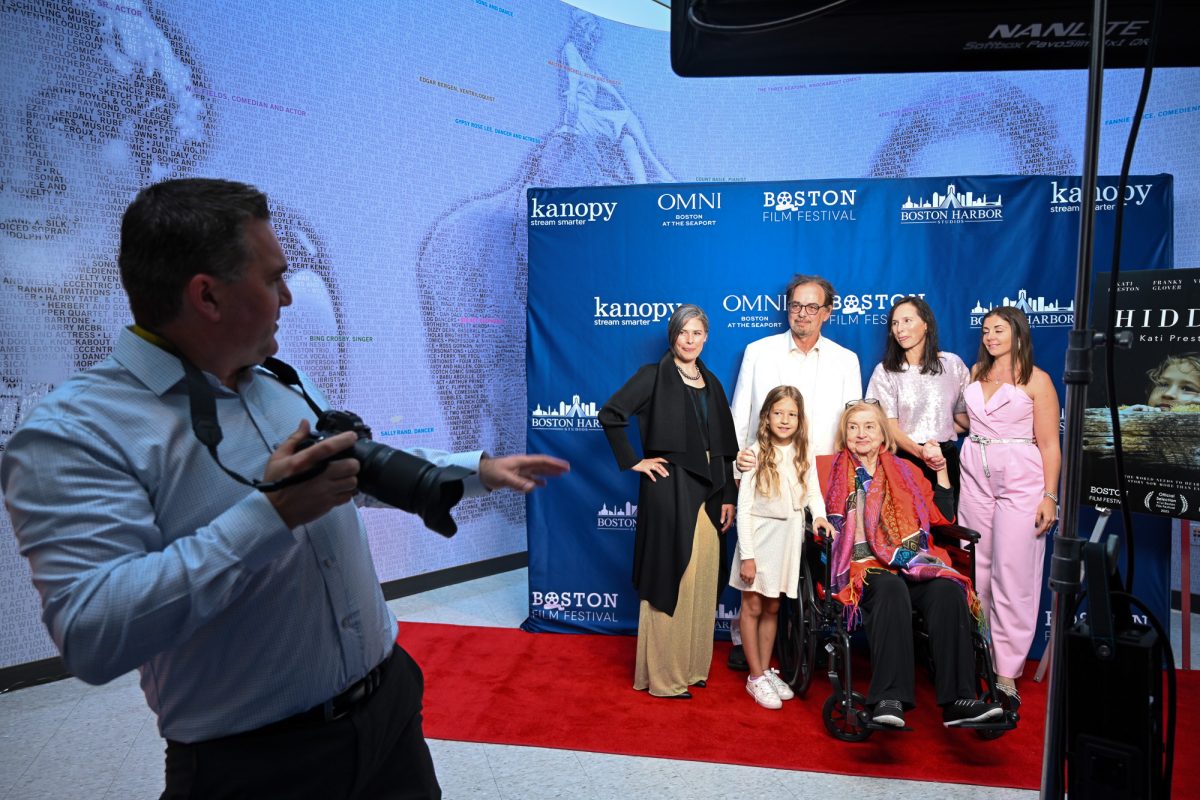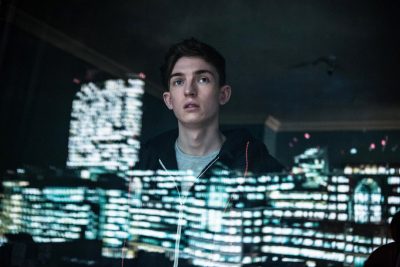
Adding to the ever-expanding list of Netflix originals is “iBoy,” the first superhero film to engage with the young, online generation. And while director Adam Randall is able to simultaneously make a stylistic yet realistic film, the film’s refusal to jump outside the prototypical superhero film narrative prevents “iBoy” from being anything exceptional.
Set in modern day London, the film centers around high school student Tom Harvey (Bill Milner), who is the victim of an accident that leaves sections of his smartphone implanted into his brain, giving him the power to control any form of technology with his mind.
Tom, quickly coining himself as iBoy, then attempts to use his powers for good to take down a gang that is terrorizing his inner city neighborhood and violently assaulting his friend and love interest Lucy (Maisie Williams).
From a narrative standpoint, iBoy sounds similar to superhero films made in the past. And, it does consistently fall into tropes and clichés, which litter that genre of film.
There is a predictable romance, betrayal by a close friend and a suave, yet ruthless, villain who remains ominous and unseen up until the climax of the film.
While iBoy is nothing audiences haven’t seen on screen before, there are certain directorial choices that help provide excitement and keep the movie from getting too stale.
The story is more organic than most superhero films. It does not reach for the artificial, grandiose plotlines that many superhero films aim for, such as rewriting history or threatening to end the world. Instead, iBoy goes for a simpler approach, isolating the storyline to danger in a small inner city community.
The choice for a more realistic narrative is a deliberate one, which has the effect of drawing the audience in by using characters and situations they can connect with.
Characters are recognizable, not outlandish comic book cut-outs. Tom is a social outcast who wants Lucy to show any kind of interest in him and wants to see positive change come to his community, not unlike many teenagers in the real world today.
Certain scenes accentuate this down-to-earth feeling. There is a touching moment when Tom and Lucy feed french fries to ducks by a river, which is a nice replacement for fumbling, melodramatic romance scenes found in so many superhero films.
There are also very serious real-world issues discussed in the film, albeit minimally. One very adult theme that permeates throughout is that of sexual assault and the hardships and trauma victims go through after suffering through a horrific incident.
These topics make the film more mature than other superhero films. Unfortunately, these issues take a backseat to the main storyline.
Randall also makes a number of other directorial and aesthetic choices, which help to enhance the film and keep it flavorful.
The pacing of the film is impeccable. Randall never takes his foot off the gas, knowing precisely the moments to let up and hammer down. The film never gets bogged down in silly melodrama or mindless action to distract from the story. Every scene has a purpose that moves the film forward.
The film also makes interesting stylistic choices with its cinematography and music. It uses sleek black visuals accented with neon colors and ambient electronic music to give the appearance of a digital world.
To illustrate the complex concept of having a computer inside of your head, the film projects whatever Tom can see inside his brain onto the screen. Often times, the camera takes on a first person point of view, which allows the audience to see through Tom’s eyes as he can analyze, decode and hack into any form of technology just by looking at it.
Despite these interesting and creative choices, the decision to play within the traditional narrative rules of superhero films limits how creative iBoy can be.
iBoy is a solid, entertaining film that engages with our technology-based world, but does not do enough to break the narrative mold of superhero films to be considered a unique movie.



